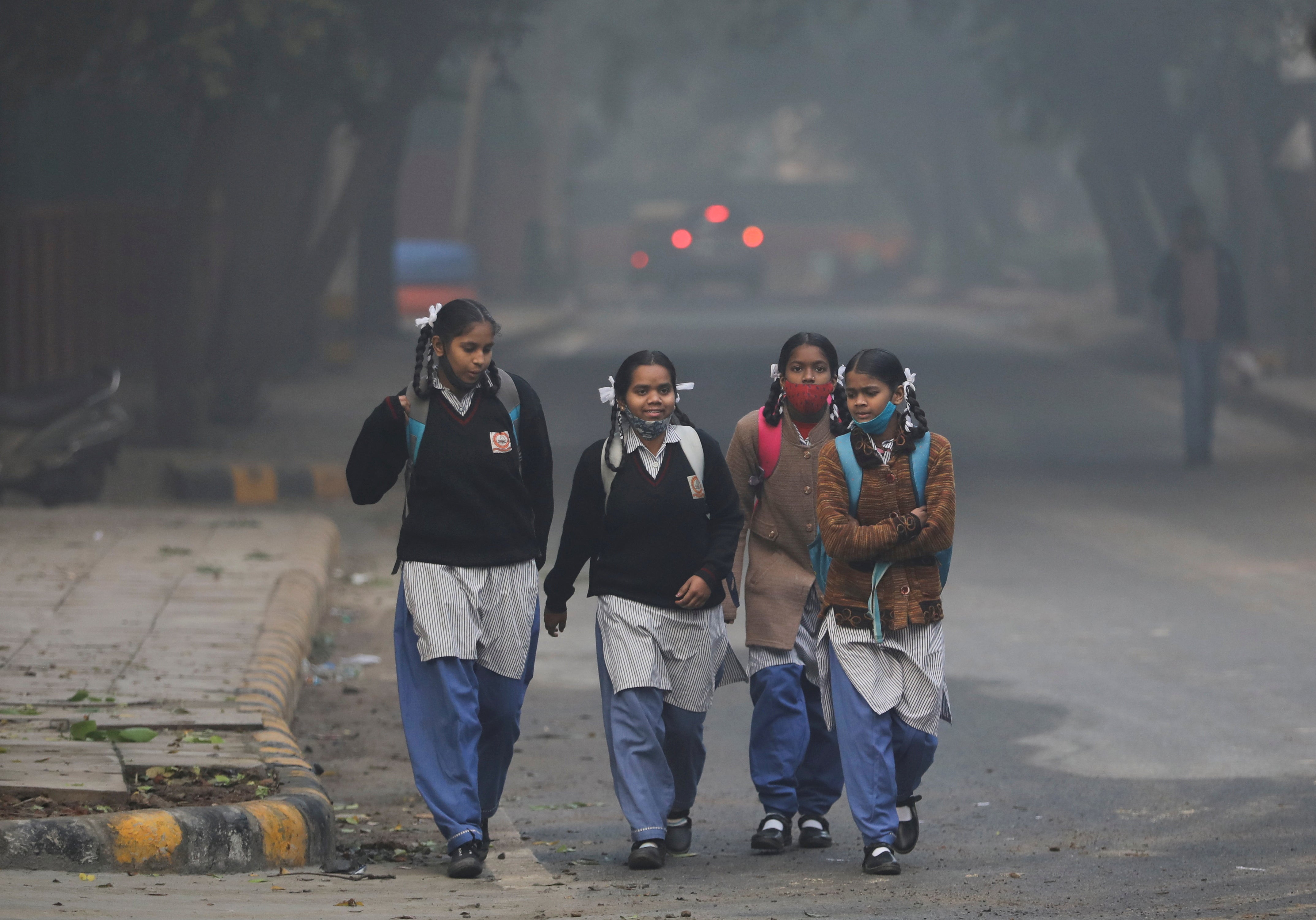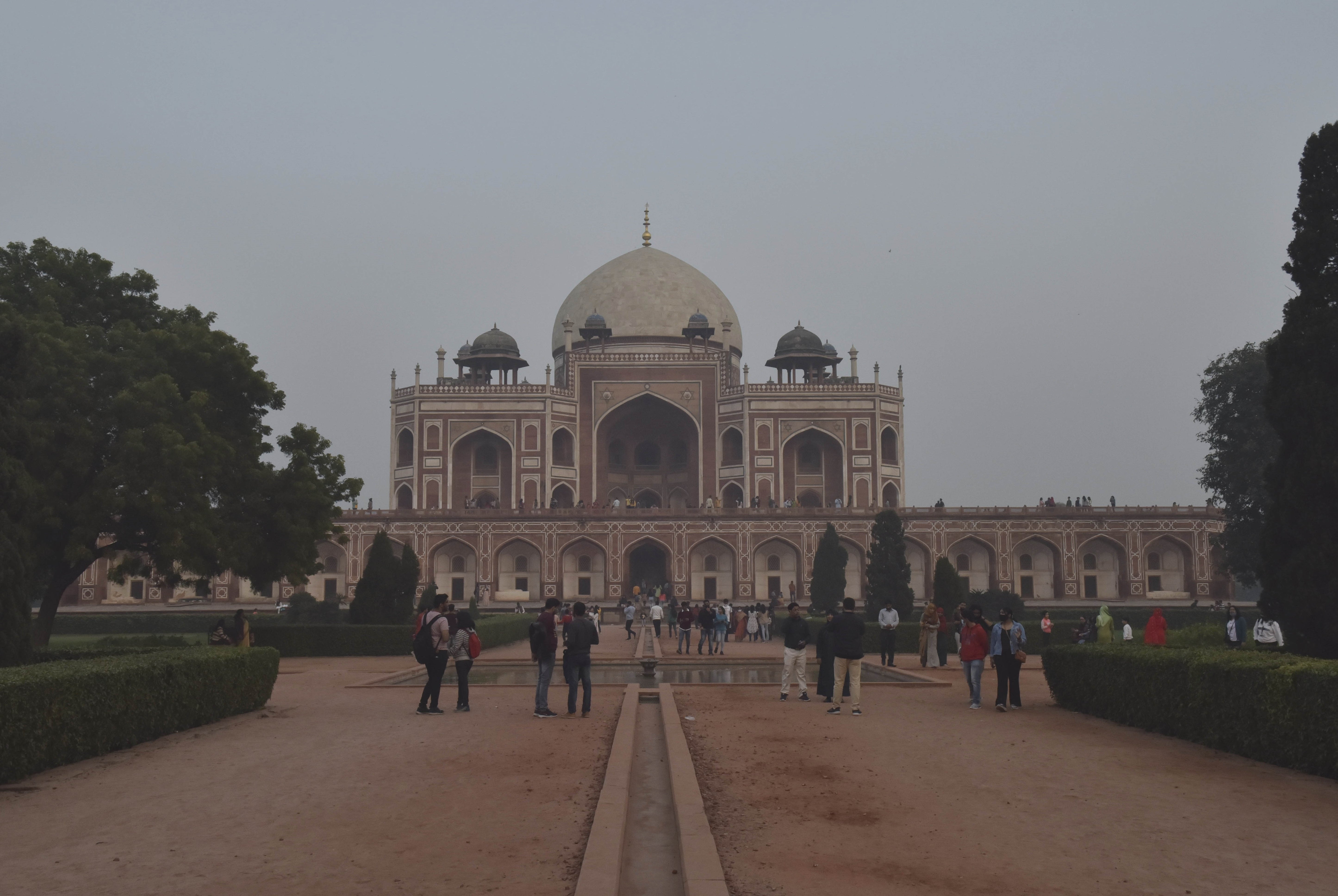Delhi’s November air pollution the worst since records began
In November this year, Delhi recorded 11 days of ‘severe’ air and zero days of ‘good’, ‘satisfactory’ and ‘moderate’ air

India’s national capital Delhi witnessed its worst ever air quality in the month November this year after recording 11 days of “severe” pollution — ranked as hazardous for breathing — and not one day of “good” air quality, data showed.
Eleven days of severely bad air is the highest Delhi — a city of 20 million — has recorded since India’s Central Pollution Control Board (CPCB) started maintaining the air quality data in 2015.
India’s CPCB regards the Air Quality Index (AQI) between zero and 50 as "good", 51 and 100 "satisfactory", 101 and 200 "moderate", 201 and 300 "poor", 301 and 400 "very poor", and 401 and 500 "severe".
In a record-breaking streak this year, Delhi saw 17 “very poor” air quality days and two “poor” days. The national capital failed to record even a single day of “good”, “satisfactory” and “moderate” day of air quality.

On average, Delhi’s AQI stood at 376, bordering on “very poor” as the city-state remained covered in a thick yellowish haze for a majority of this month. India’s top-most court came down heavily on federal and state authorities, recommending they lock down Delhi and stop exposing people, especially children, to unbreathable air.
“You see how bad the situation is… We have been forced to wear masks at home also, the situation is very serious,” the Chief Justice of India had told country’s solicitor general during a court hearing.
In the previous year, Delhi had seen nine "severe" air quality days in 2020. Prior to that, it had recorded seven “severe” air quality days in 2019, five in 2018, seven in 2017, 10 in 2016 and six in 2015 — indicating that the toxic air crisis has only grown by the year.
Environmentalists have flagged a range of factors as the reason behind the crisis which forced students and employees indoors just days after Delhi authorities had lifted Covid-19 restrictions.

Key reasons include illegal burning of firecrackers in Delhi around the Hindu festival Diwali in widespread violation of curbs, which was pointed out by the Supreme Court as well, and delayed burning of agricultural residue of rice straws in the northern part of the country.
Thousands of farmers were forced to burn swathes of land in a shorter period of time due to the delayed and prolonged monsoon season which stretched well into November this year in the country. The crisis of bad air has reflected how federal and state governments have failed to offer safer and less polluting options to farmers who have to resort to burn the agricultural waste instead of discarding it in an environment-friendly ways.
Additionally, the problem was compounded by Delhi’s own internal pollution generated from vehicule emissions, industrial fumes, dust particles and round the year construction activities.
Join our commenting forum
Join thought-provoking conversations, follow other Independent readers and see their replies
Comments